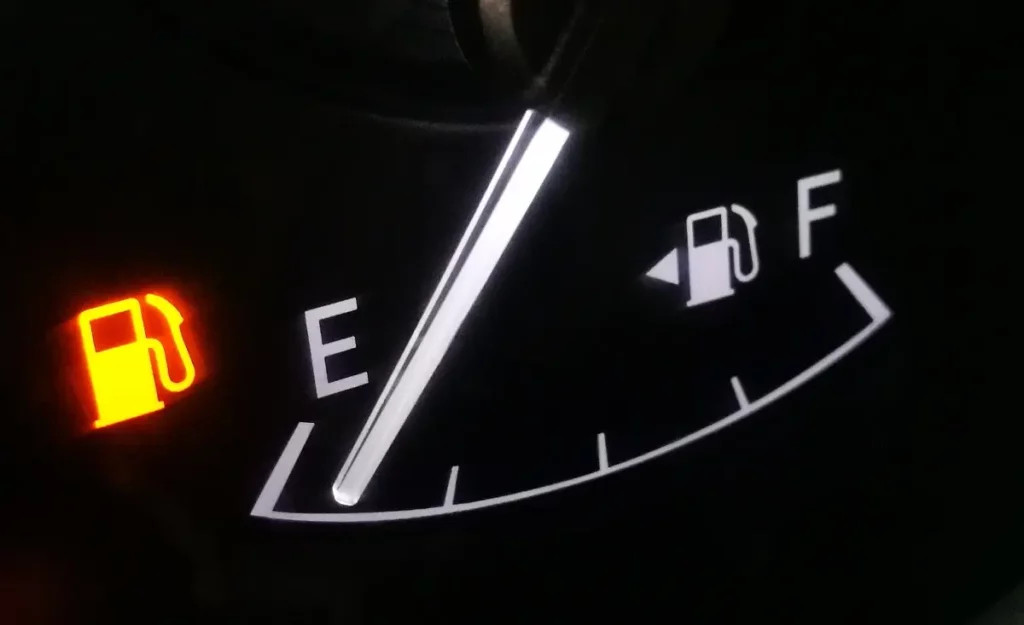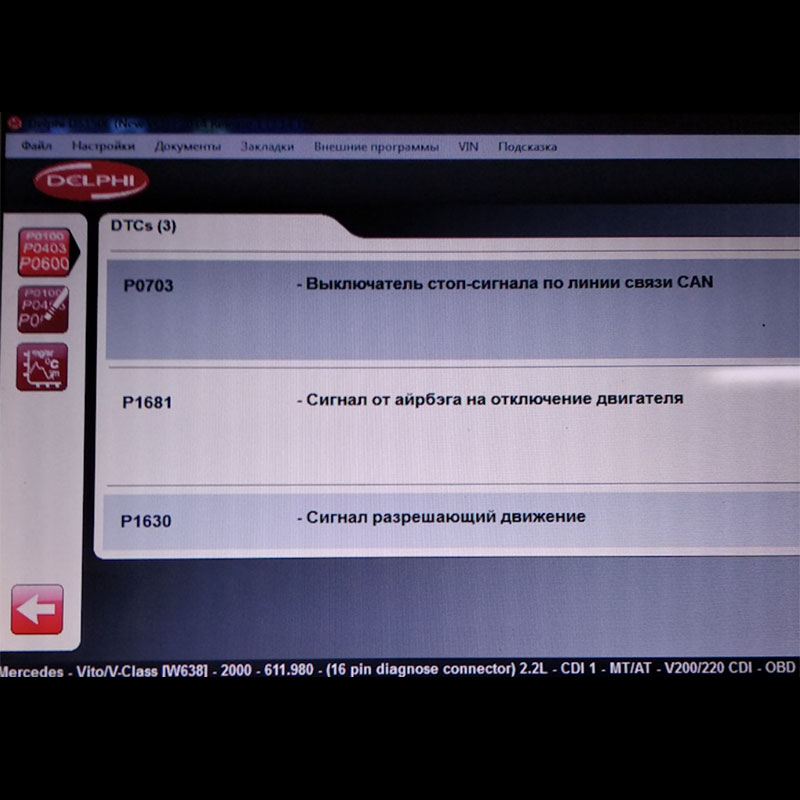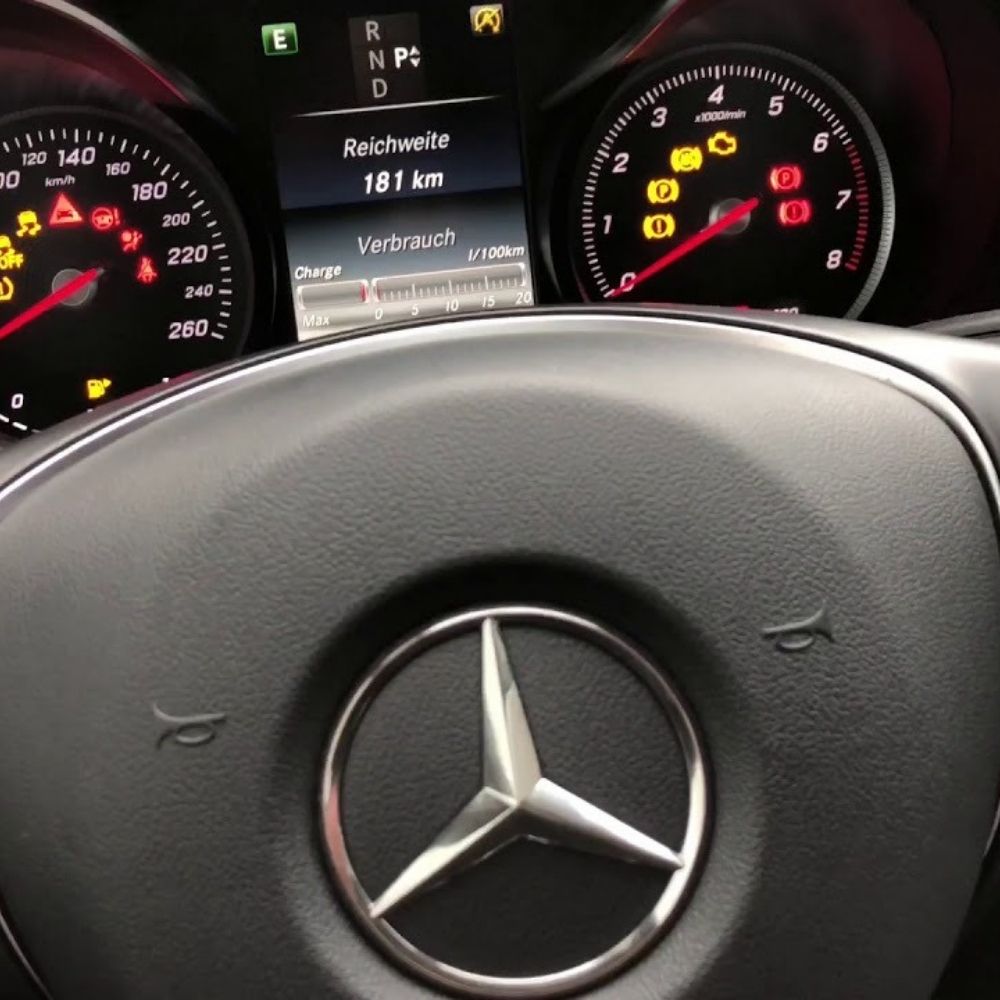
Is The 2796 BMW Code Ruining Your Engine Performance?
Contents
- 1. What Does the 2796 BMW Code Really Mean?
- 2. What Are the Most Common Symptoms Associated With the 2796 BMW Code?
- 3. How To Diagnose The 2796 BMW Code Like A Pro?
- 3.1. Tools Needed for Diagnosis
- 4. Is There A Fix For The 2796 BMW Code?
- 4.1. Step-by-Step Guide to Cleaning a BMW Throttle Body
- 5. Is Ignoring The 2796 BMW Code Risky?
- 6. How Much Does It Usually Cost To Fix The 2796 BMW Code?
- 7. Can AutoExplain.Com Help Me Resolve The 2796 BMW Code Remotely?
- 8. What Other BMW Codes Are Commonly Seen With The 2796 Code?
- 9. How Does The Electronic Throttle Control (ETC) System Work In BMWs?
- 10. How To Prevent The 2796 BMW Code From Recurring?
The 2796 Bmw Code, indicating “Throttle: adaptation values incorrect,” often signals issues within your BMW’s electronic throttle control system, impacting engine performance. AutoExplain.com offers expert remote diagnostic and programming services to pinpoint the root cause and provide tailored solutions to get your BMW running smoothly again, all while keeping your costs down with our tailored solutions. With our support, expect a smoother ride, improved fuel efficiency, and enhanced driving experience, ensuring your BMW performs at its peak.
1. What Does the 2796 BMW Code Really Mean?
The 2796 BMW code indicates an issue with the throttle adaptation values being incorrect, meaning the DME (Digital Motor Electronics, BMW’s engine control unit) has detected that the learned settings for the throttle body’s position are outside the acceptable range. This discrepancy can cause a variety of drivability issues. Let’s look at what can cause the 2796 BMW code:
- Throttle Body Issues: Carbon buildup, sensor malfunction, or motor failure within the throttle body can disrupt its proper operation.
- Air Leaks: Unmetered air entering the engine after the mass airflow sensor can skew the air-fuel mixture and affect throttle adaptation.
- Sensor Problems: Faulty throttle position sensors (TPS) or mass airflow (MAF) sensors can send incorrect data to the DME.
- Wiring and Connections: Damaged or corroded wiring and connectors can interrupt the signals between the sensors, throttle body, and DME.
- DME Software: Outdated or corrupted DME software may cause incorrect interpretation of sensor data.
2. What Are the Most Common Symptoms Associated With the 2796 BMW Code?
Experiencing the 2796 BMW code can manifest in a variety of ways, often impacting your vehicle’s overall performance and drivability. Here’s a breakdown of the most common symptoms:
- Rough Idle: The engine may idle unevenly, fluctuating up and down or stalling.
- Reduced Engine Power: The car may feel sluggish, especially during acceleration.
- Hesitation or Stumbling: The engine may hesitate or stumble when you press the accelerator pedal.
- Check Engine Light: The check engine light will illuminate on the dashboard, indicating a problem.
- EML (Engine Malfunction Light): The EML light may also illuminate, often in conjunction with the check engine light.
- Limp Mode: In some cases, the car may enter limp mode, which severely restricts engine power to protect it from further damage.
- Poor Fuel Economy: The engine may consume more fuel than usual due to the incorrect air-fuel mixture.
3. How To Diagnose The 2796 BMW Code Like A Pro?
Diagnosing the 2796 BMW code requires a systematic approach to pinpoint the root cause of the issue. Here’s a step-by-step guide:
-
Read the Codes: Use an OBD-II scanner to confirm the presence of the 2796 code and check for any other related codes.
-
Inspect the Throttle Body:
- Visually inspect the throttle body for carbon buildup or damage.
- Clean the throttle body with a throttle body cleaner, following the product instructions.
- Check the throttle plate for smooth movement.
-
Check for Air Leaks:
- Inspect the intake boot between the mass airflow (MAF) sensor and the throttle body for cracks or leaks.
- Check the vacuum lines connected to the intake manifold for leaks.
- Use a smoke tester to identify any hidden air leaks.
-
Evaluate Sensor Data:
- Use a scan tool to monitor the live data from the throttle position sensor (TPS) and MAF sensor.
- Check the TPS signal for smooth and consistent readings as you open and close the throttle.
- Verify the MAF sensor readings are within the normal range.
-
Assess Wiring and Connections:
- Inspect the wiring harness and connectors for damage, corrosion, or loose connections.
- Pay close attention to the connectors at the throttle body, TPS, and MAF sensor.
- Use a multimeter to check the continuity of the wiring.
-
Perform a Throttle Adaptation Reset:
- Use a scan tool to perform a throttle adaptation reset. This will allow the DME to relearn the throttle position settings.
- After the reset, drive the car to see if the code returns.
-
Professional Diagnostic Services: If these steps do not resolve the issue, AutoExplain.com offers remote diagnostic services. Our expert technicians can remotely access your car’s computer to perform advanced diagnostics and pinpoint the problem.
3.1. Tools Needed for Diagnosis
Having the right tools can make the diagnostic process much smoother and more efficient. Here’s a list of essential tools:
- OBD-II Scanner: This is a must-have tool for reading and clearing diagnostic trouble codes (DTCs). Look for a scanner that can also display live data.
- Throttle Body Cleaner: Use this to clean carbon buildup from the throttle body.
- Socket Set: A basic socket set is needed to remove the air filter housing and throttle body.
- Screwdrivers: Both Phillips and flat-head screwdrivers will come in handy for various tasks.
- Multimeter: A multimeter is essential for checking the continuity of wiring and testing sensor signals.
- Smoke Tester: This tool helps identify vacuum leaks in the intake system.
- Scan Tool with Adaptation Reset Function: Some scan tools have the ability to perform a throttle adaptation reset, which can resolve the issue in some cases.
4. Is There A Fix For The 2796 BMW Code?
Yes, there are several potential fixes for the 2796 BMW code, depending on the underlying cause. Here’s a detailed breakdown of the most effective solutions:
-
Throttle Body Cleaning: If carbon buildup is the culprit, thoroughly cleaning the throttle body can often resolve the issue. Use a throttle body cleaner and a soft brush to remove deposits.
- Step 1: Disconnect the negative battery cable.
- Step 2: Remove the air intake duct from the throttle body.
- Step 3: Spray throttle body cleaner onto a clean rag and wipe the throttle plate and bore.
- Step 4: Reassemble the air intake duct and reconnect the battery.
-
Air Leak Repair: Identifying and repairing any air leaks in the intake system is crucial. Inspect all hoses, clamps, and gaskets for damage or leaks.
- Step 1: Visually inspect all vacuum lines and intake boots for cracks or damage.
- Step 2: Use a smoke tester to pinpoint any hidden leaks.
- Step 3: Replace any damaged components.
-
Sensor Replacement: If the throttle position sensor (TPS) or mass airflow (MAF) sensor is faulty, replacing it can resolve the issue.
- Step 1: Disconnect the electrical connector from the sensor.
- Step 2: Remove the sensor from the throttle body or air intake.
- Step 3: Install the new sensor and reconnect the electrical connector.
-
Wiring Repair: Repairing or replacing damaged wiring or connectors can restore proper communication between the components.
- Step 1: Inspect the wiring harness for damage, corrosion, or loose connections.
- Step 2: Repair any damaged wires or replace corroded connectors.
- Step 3: Ensure all connections are secure.
-
Throttle Adaptation Reset: Performing a throttle adaptation reset allows the DME to relearn the throttle position settings.
- Step 1: Use a scan tool to access the DME.
- Step 2: Navigate to the adaptation reset function.
- Step 3: Follow the on-screen instructions to complete the reset.
-
DME Programming: In some cases, the DME software may be outdated or corrupted, requiring reprogramming. AutoExplain.com offers remote DME programming services to ensure your DME is running the latest software.
-
Throttle Body Replacement: If the throttle body is severely damaged or worn, replacing it may be necessary.
4.1. Step-by-Step Guide to Cleaning a BMW Throttle Body
-
Gather Your Tools and Materials:
- Throttle body cleaner
- Soft brush or clean rag
- Socket set
- Screwdrivers
- Gloves
- Safety glasses
-
Disconnect the Battery:
- Open the hood and locate the battery.
- Use a wrench to loosen the nut on the negative terminal.
- Carefully disconnect the negative cable from the battery and set it aside.
-
Locate the Throttle Body:
- The throttle body is typically located between the air filter housing and the intake manifold.
- It’s a cylindrical component with a butterfly valve inside.
-
Remove the Air Intake Duct:
- Use a screwdriver or socket to loosen the clamps holding the air intake duct to the throttle body.
- Carefully remove the duct from the throttle body.
-
Inspect the Throttle Body:
- Take a look inside the throttle body to assess the amount of carbon buildup.
- If it’s heavily coated, cleaning is definitely needed.
-
Spray the Throttle Body Cleaner:
- Put on your gloves and safety glasses.
- Spray the throttle body cleaner liberally onto a clean rag.
- Do not spray directly into the throttle body, as this can damage the sensors.
-
Wipe the Throttle Plate and Bore:
- Open the throttle plate by hand and wipe it clean with the rag.
- Use the soft brush to scrub away any stubborn deposits.
- Clean the entire bore of the throttle body, removing all traces of carbon buildup.
-
Reassemble the Components:
- Once the throttle body is clean, reattach the air intake duct.
- Tighten the clamps to secure the duct in place.
-
Reconnect the Battery:
- Carefully reconnect the negative battery cable to the battery.
- Tighten the nut to secure the cable in place.
-
Start the Engine:
- Start the engine and let it idle for a few minutes.
- The engine may run rough at first, but it should smooth out as the DME relearns the throttle position settings.
-
Test Drive the Vehicle:
- Take the car for a test drive to see if the issue has been resolved.
- If the 2796 code returns, further diagnosis may be needed.
5. Is Ignoring The 2796 BMW Code Risky?
Ignoring the 2796 BMW code can lead to a range of problems that affect your BMW’s performance, fuel efficiency, and overall reliability. Here’s why it’s crucial to address this issue promptly:
- Reduced Engine Performance: The engine may experience a decrease in power and responsiveness, making it harder to accelerate and maintain speed.
- Poor Fuel Economy: The engine may consume more fuel than usual, leading to higher fuel costs.
- Rough Idle: The engine may idle unevenly, causing vibrations and discomfort.
- Stalling: The engine may stall unexpectedly, which can be dangerous in certain driving situations.
- Limp Mode: The car may enter limp mode, which severely restricts engine power to protect it from further damage. This can leave you stranded on the side of the road.
- Catalytic Converter Damage: The incorrect air-fuel mixture can damage the catalytic converter, which is an expensive component to replace.
- Increased Emissions: The engine may produce higher levels of emissions, which can lead to failing an emissions test.
- Further Damage: Ignoring the 2796 code can lead to further damage to the engine and other components, resulting in more costly repairs down the road.
By addressing the 2796 BMW code promptly, you can avoid these potential problems and keep your BMW running smoothly.
6. How Much Does It Usually Cost To Fix The 2796 BMW Code?
The cost to fix the 2796 BMW code can vary depending on the underlying cause and the extent of the repairs needed. Here’s a general breakdown of the potential costs:
- Throttle Body Cleaning: This is the least expensive fix, typically costing between $50 and $150, depending on whether you do it yourself or have a mechanic do it.
- Air Leak Repair: The cost to repair an air leak can range from $100 to $400, depending on the location and severity of the leak.
- Sensor Replacement: Replacing a faulty throttle position sensor (TPS) or mass airflow (MAF) sensor can cost between $150 and $500, including parts and labor.
- Wiring Repair: The cost to repair damaged wiring can vary widely, depending on the extent of the damage. It can range from $100 to $500 or more.
- Throttle Adaptation Reset: This is a relatively inexpensive procedure, typically costing between $50 and $100.
- DME Programming: Reprogramming the DME can cost between $200 and $500, depending on the shop and the complexity of the programming.
- Throttle Body Replacement: Replacing the entire throttle body can be the most expensive fix, costing between $300 and $1000, including parts and labor.
AutoExplain.com offers cost-effective remote diagnostic and programming services to help you pinpoint the exact cause of the 2796 BMW code and avoid unnecessary repairs. Contact us today for a quote.
7. Can AutoExplain.Com Help Me Resolve The 2796 BMW Code Remotely?
Absolutely. AutoExplain.com specializes in remote diagnostic and programming services for BMW vehicles. Our expert technicians can remotely access your car’s computer to diagnose the 2796 BMW code and provide tailored solutions. Here’s how we can help:
- Remote Diagnostics: Our technicians can remotely scan your car’s computer to identify the root cause of the 2796 code.
- Expert Guidance: We provide step-by-step instructions and expert guidance to help you perform necessary repairs.
- DME Programming: If the DME software is the issue, we can remotely reprogram it to ensure it’s running the latest software.
- Cost Savings: Our remote services can save you money compared to taking your car to a traditional repair shop.
- Convenience: You can get your car diagnosed and repaired from the comfort of your own home or shop.
With AutoExplain.com, you can get the expert help you need to resolve the 2796 BMW code quickly and efficiently.
8. What Other BMW Codes Are Commonly Seen With The 2796 Code?
When the 2796 BMW code appears, it’s often accompanied by other related codes that can provide valuable clues about the underlying issue. Here are some of the most common codes seen in conjunction with the 2796 code:
- 28B3: Throttle Adaptation, Lower Mechanical Stop Not Adapted
- 2734: Signal Throttle Sensor, Potentiometer 1
- 2735: Signal Throttle Sensor, Potentiometer 2
- 27A5: EDK New Adaptation Values Required
- 5E19: ABS-DSC: CAN Data Error From DME/DDE
- P0102: Mass Air Flow (MAF) Circuit Low Input
- P0121: Throttle/Pedal Position Sensor/Switch A Circuit Range/Performance
Seeing these codes along with the 2796 code can help narrow down the potential causes of the problem and guide the diagnostic process.
9. How Does The Electronic Throttle Control (ETC) System Work In BMWs?
The Electronic Throttle Control (ETC) system in BMWs, also known as Drive-by-Wire, replaces the traditional mechanical linkage between the accelerator pedal and the throttle body with electronic sensors and actuators. Here’s how it works:
- Accelerator Pedal Position Sensor (APPS): When you press the accelerator pedal, the APPS sends a signal to the DME indicating the desired throttle position.
- DME Control: The DME receives the signal from the APPS and calculates the optimal throttle position based on various factors, such as engine speed, load, and temperature.
- Throttle Position Sensor (TPS): The TPS monitors the actual position of the throttle plate and sends this information back to the DME.
- Throttle Actuator: The DME sends a signal to the throttle actuator, which is an electric motor that controls the position of the throttle plate.
- Feedback Loop: The DME continuously monitors the TPS signal and adjusts the throttle actuator to maintain the desired throttle position.
The ETC system allows for more precise control of the engine, resulting in improved fuel economy, reduced emissions, and enhanced drivability. It also enables features like cruise control and traction control.
10. How To Prevent The 2796 BMW Code From Recurring?
Preventing the 2796 BMW code from recurring involves taking proactive steps to maintain your BMW’s engine and electrical systems. Here are some tips to help you keep this code at bay:
- Regular Maintenance: Follow the manufacturer’s recommended maintenance schedule, including oil changes, air filter replacements, and spark plug replacements.
- Throttle Body Cleaning: Clean the throttle body every 30,000 miles to prevent carbon buildup.
- Air Leak Inspection: Regularly inspect the intake system for air leaks and repair them promptly.
- Sensor Maintenance: Keep the mass airflow (MAF) sensor clean and replace it if necessary.
- Wiring Inspection: Inspect the wiring harness and connectors for damage, corrosion, or loose connections.
- Software Updates: Keep the DME software up to date with the latest versions.
- Proper Driving Habits: Avoid harsh acceleration and deceleration, which can put stress on the engine and electrical systems.
- Quality Fuel: Use high-quality fuel to prevent deposits from forming in the engine.
By following these tips, you can help prevent the 2796 BMW code from recurring and keep your BMW running smoothly for years to come.
Have you encountered the frustrating 2796 BMW code and need expert assistance? Don’t let engine performance issues hold you back. Contact AutoExplain.com today for fast and reliable remote diagnostic and programming services. Our experienced technicians are ready to help you resolve the problem quickly and efficiently. Reach out to us via WhatsApp at +1(936)2896695 or email us at [email protected]. For more information about our services, visit our website at AutoExplain.com. Our office is located at 1500 N Grant ST Sten Denver, CO 80203. Let AutoExplain.com get your BMW back on the road with confidence.

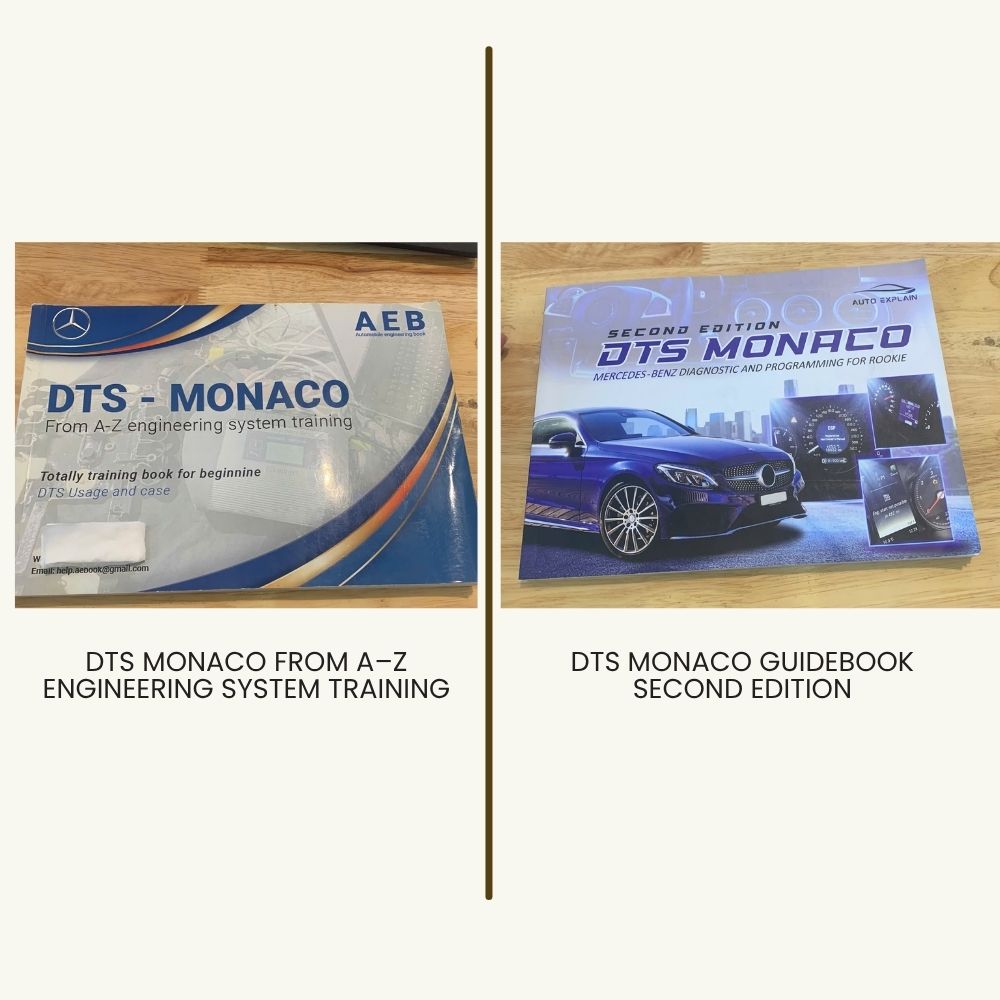
DTS Monaco From A–Z vs DTS Monaco Guidebook 2025: Which Mercedes-Benz Coding Book Is Better?
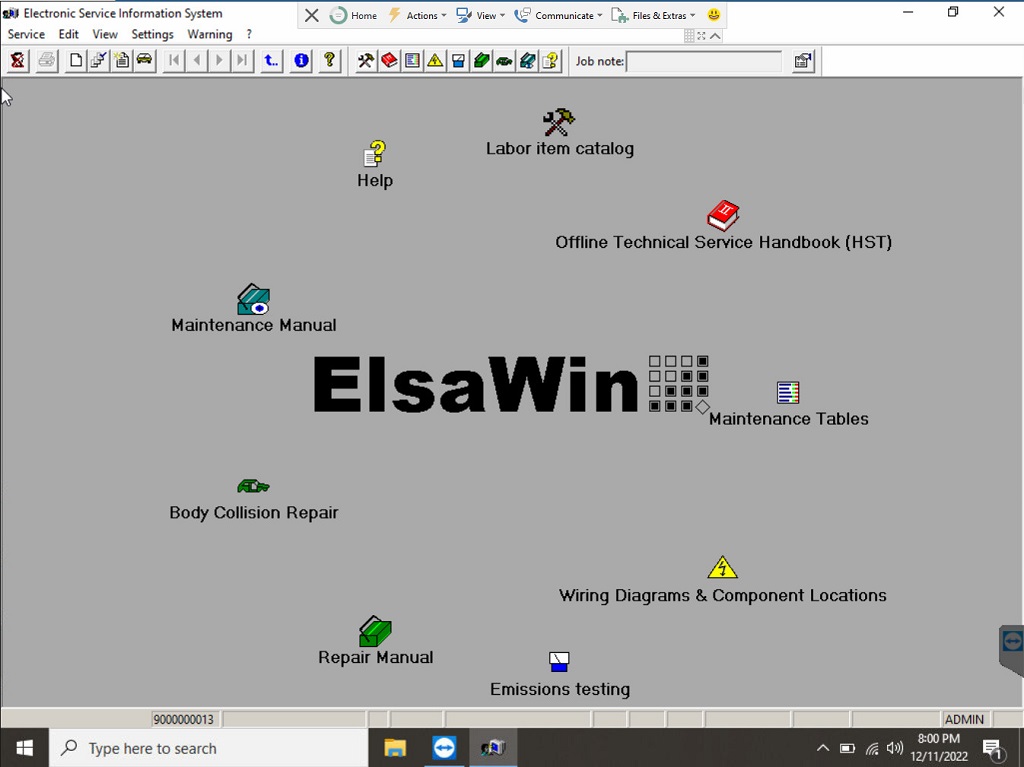
ElsaWin Installation Guide | How to Install & Activate ElsaWin
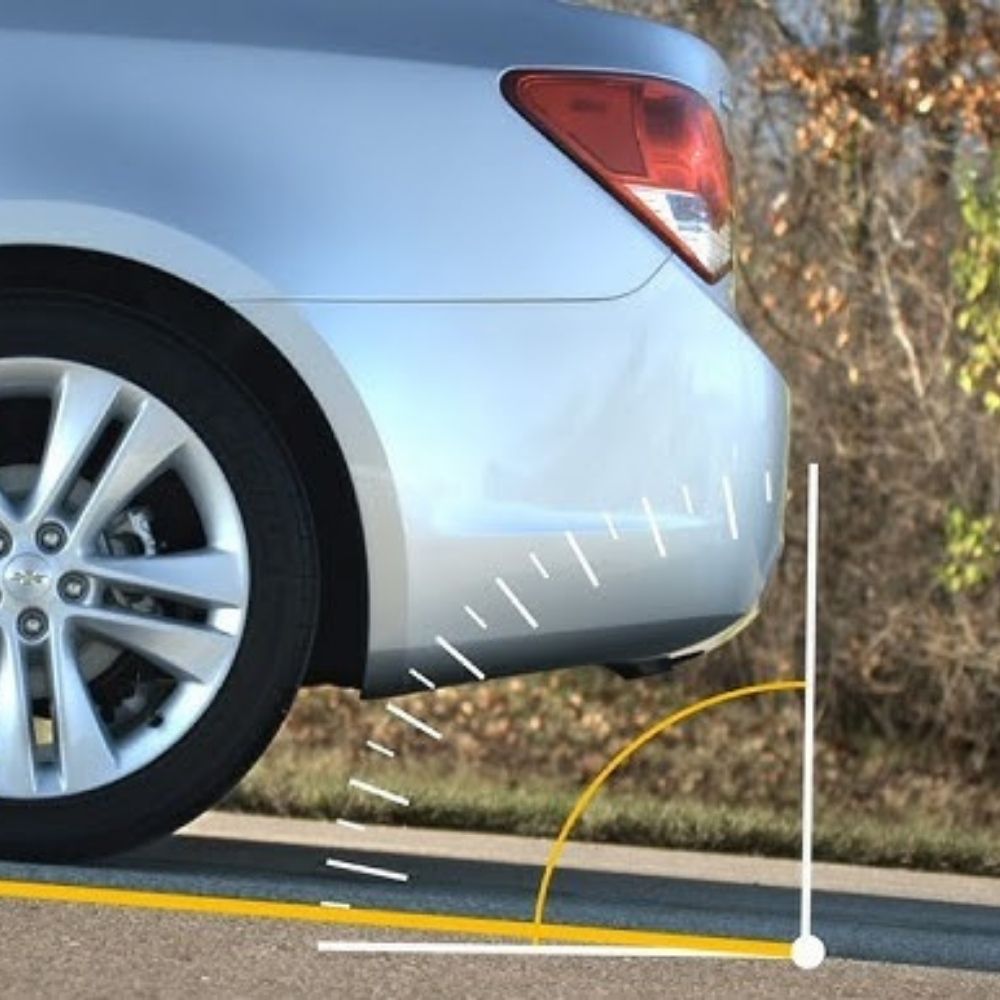
How to activate the Hill Assist Start function on Mercedes-Benz vehicles
